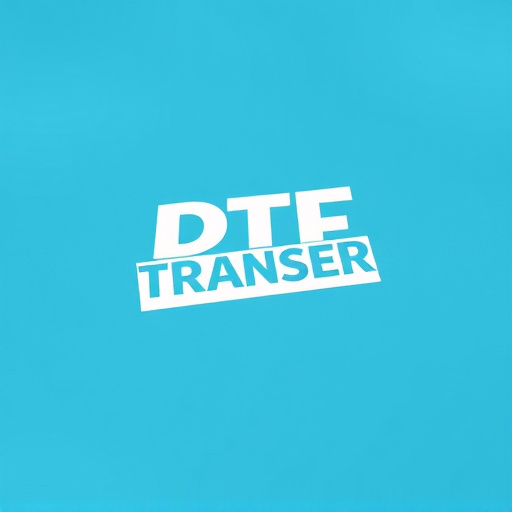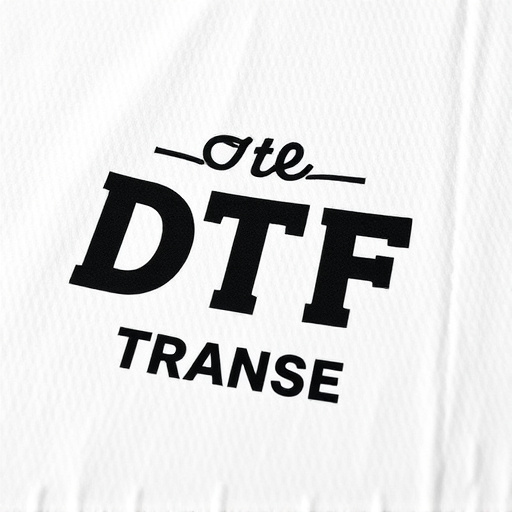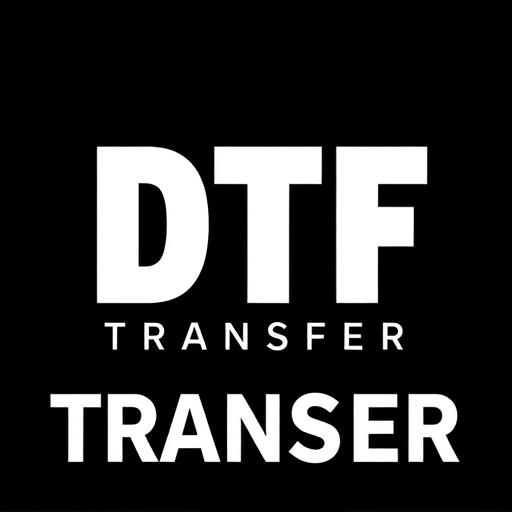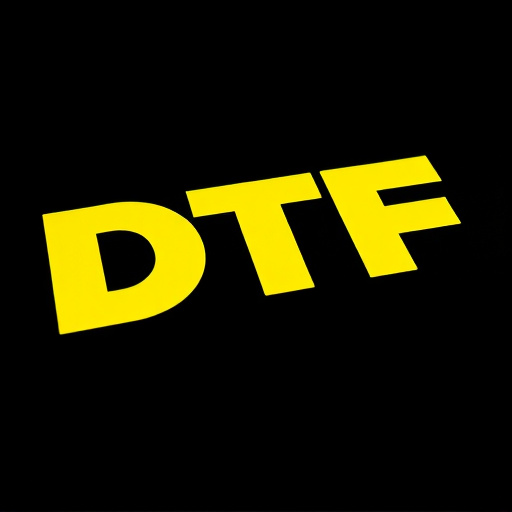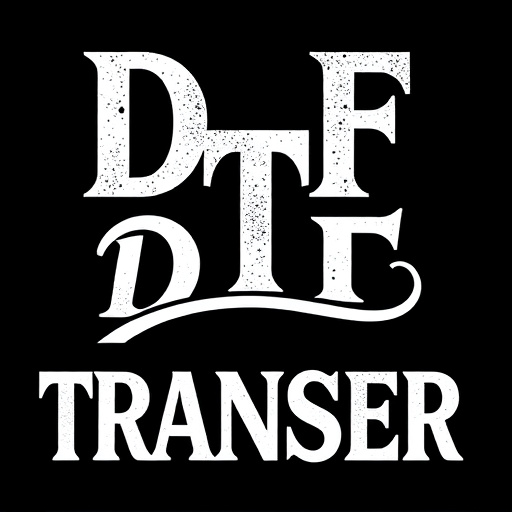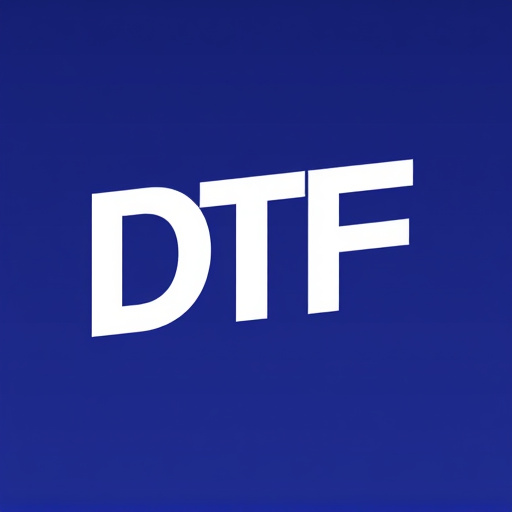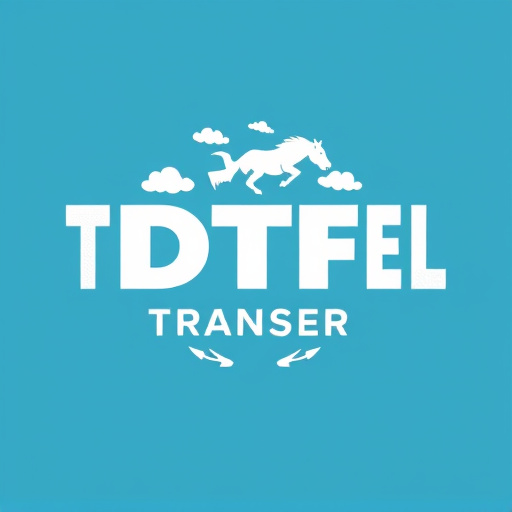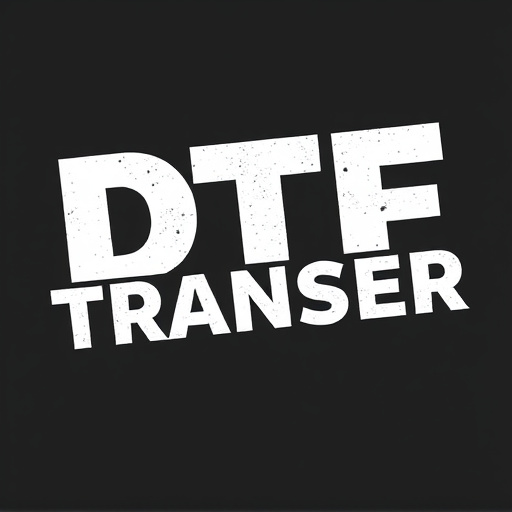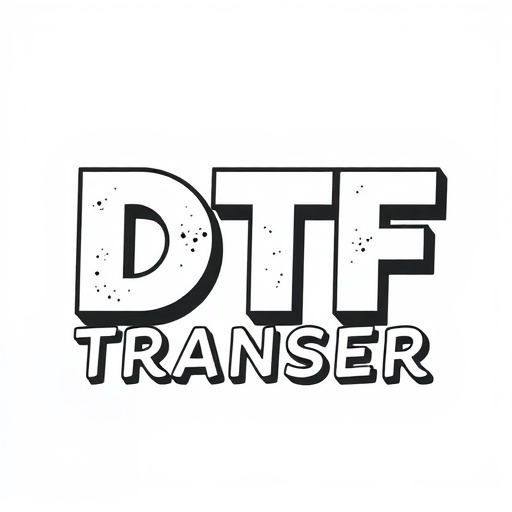Direct-to-film (DTF) transfer is a cutting-edge printing technique that simplifies custom printing by directly applying ink to film. This method allows for the efficient production of intricate designs and multiple variations on a single piece of film, reducing set-up time, waste, and costs. DTF prints offer exceptional quality, vibrant colors, and precise detail reproduction, suitable for outdoor advertising, point-of-sale displays, custom apparel, and signage. The process involves digitally designing each unique design, strategically positioning them, exposing the designs layer by layer onto DTF film, and curing them under UV light. Using compatible transfer films and eco-friendly solvent-based inks ensures durability and vibrant colors for long-lasting prints. Layout design optimization and pre-testing are crucial for achieving economical and visually appealing DTF prints, widely adopted in garment manufacturing, packaging design, and event organization.
In today’s fast-paced printing industry, maximizing efficiency while minimizing waste is paramount. One innovative solution gaining traction is multi-design Direct to Film (DTF) transfer printing. This technique allows for the arrangement of multiple designs on a single film, streamlining production and reducing costs. By understanding DTF transfer, its advantages, and the optimal materials and techniques, businesses can unlock new levels of efficiency in their printing processes, opening doors to diverse real-world applications.
- Understanding DTF Transfer and Its Advantages
- How Multiple Designs Are Arranged on a Single Film
- Benefits of Using DTF for Efficient Printing
- Choosing the Right Materials for DTF Printing
- Techniques for Optimizing DTF Prints
- Real-World Applications of Multi-Design DTF Printing
Understanding DTF Transfer and Its Advantages
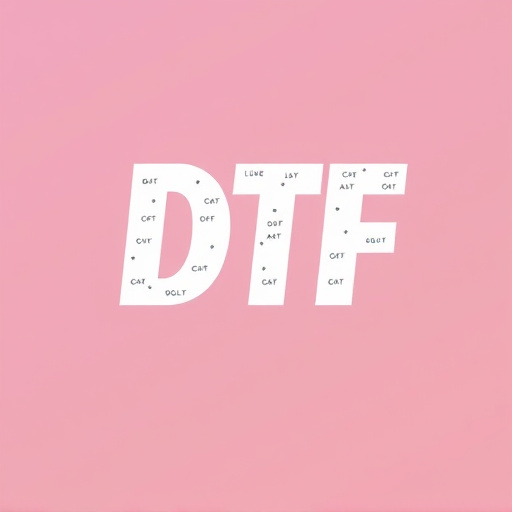
Direct-to-film (DTF) transfer is a cutting-edge printing technique that has revolutionized the way we approach custom printing, especially for complex designs and multiple prints on a single film. This process involves precisely applying ink directly onto a film or substrate using specialized equipment, eliminating the need for traditional plates. DTF offers numerous advantages, making it a preferred method for many print shops and businesses.
One of its key benefits is efficiency; with DTF Printing, you can easily produce intricate designs and multiple variations on a single piece of film. This streamlines the printing process, reduces set-up time, and minimizes waste, resulting in cost savings. Moreover, DTF prints offer exceptional quality, vibrant colors, and precise detail reproduction, ensuring that your designs look as intended.
How Multiple Designs Are Arranged on a Single Film
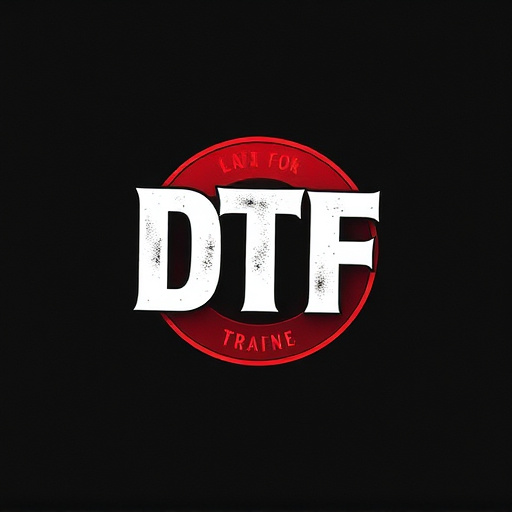
Multiple designs can be efficiently arranged on a single film for DTF (Direct to Film) transfer and printing using various techniques. The process begins with digital design software, where each unique design is carefully created or imported. These designs are then precisely positioned and aligned on a virtual layout, considering factors like repetition, spacing, and overall aesthetic balance. This digital preparation ensures that the final printed outcome meets brand guidelines and visual expectations.
Once the designs are ready, they are digitally sent to the printing machine. Using specialized software, each design is exposed onto a separate area of the DTF film, layer by layer. The film is then cured under UV light, creating individual, distinct prints for each design. This method allows for diverse creative possibilities, enabling printers to offer clients a range of options in terms of layout and composition without compromising on quality or efficiency.
Benefits of Using DTF for Efficient Printing
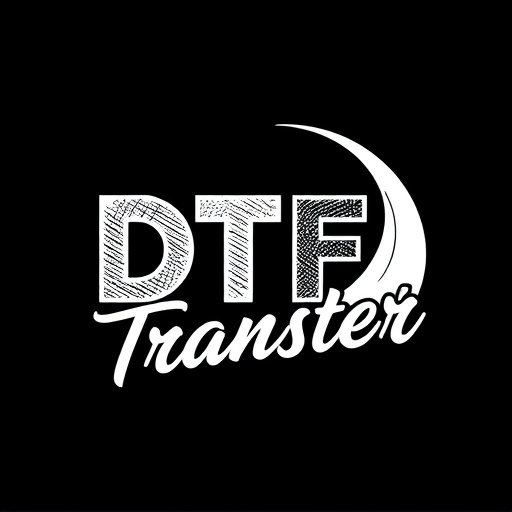
Using Direct-to-Film (DTF) transfer for printing offers numerous advantages that make it an efficient and cost-effective choice for businesses and designers. One of the key benefits is its versatility; DTF allows for the printing of various designs on a single film, eliminating the need for multiple plates or setups. This capability streamlines the printing process, reducing production time and labor costs significantly.
Additionally, DTF provides high-quality prints with vibrant colors and crisp details. The direct application of ink to the film ensures accurate color representation and minimal fading over time. This makes DTF ideal for creating long-lasting, visually appealing prints, whether for outdoor advertising, point-of-sale displays, or promotional materials. Moreover, its efficiency in using less water and energy contributes to a more sustainable printing process.
Choosing the Right Materials for DTF Printing
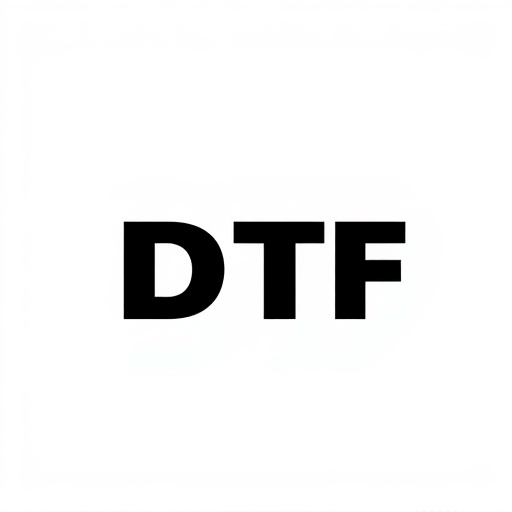
Selecting the appropriate materials is a pivotal step in achieving optimal results with DTF (Direct to Film) printing. The process hinges on using compatible film and ink, ensuring they work harmoniously together. Premium DTF transfer films, designed specifically for this technology, offer several advantages. They are typically made from high-quality polyester or vinyl, providing excellent durability and resistance to fading, crucial factors when producing long-lasting prints.
Additionally, choosing the right ink type is essential. Eco-friendly, solvent-based inks are a popular choice for DTF printing as they offer vibrant colors and precise detail reproduction. These inks adhere well to various substrates and dry quickly, streamlining the printing process. When combined with suitable film, this setup enables efficient production of high-quality DTF prints, catering to diverse applications from custom apparel to signage.
Techniques for Optimizing DTF Prints
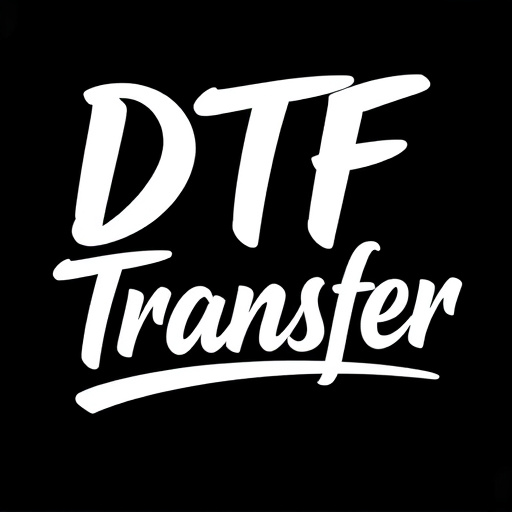
Optimizing DTF prints involves several techniques designed to enhance efficiency and quality. One key method is layout design optimization, where multiple designs are arranged intelligently on a single film. This reduces material waste and streamlining the printing process. Designers should aim for balanced distribution of designs, ensuring each has adequate space to prevent overlap or distortion during the DTF Transfer process.
Another crucial aspect is using high-resolution images and appropriate file formats. Converting graphics to suitable resolutions and saving them in compatible formats, like PNG or JPEG, ensures crisp prints. Additionally, pre-testing on sample prints can help identify potential issues early on, allowing for necessary adjustments before final production. This meticulous approach guarantees that DTF Prints are not only economical but also maintain superior visual appeal.
Real-World Applications of Multi-Design DTF Printing
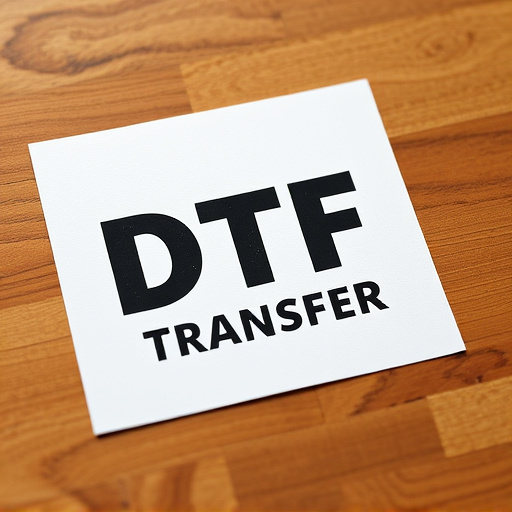
In various industries, the efficient and versatile nature of Multi-Design DTF (Direct to Film) Printing has found significant real-world applications. Garment manufacturers, for instance, leverage this technology to print multiple unique designs on a single film, streamlining their production process and minimizing waste. This approach enables them to offer a diverse range of custom prints without incurring substantial set-up costs or sacrificing speed.
Beyond clothing, DTF Transfer has made inroads into packaging design, allowing brands to create eye-catching labels and graphics with intricate details. Its ability to produce high-quality DTF prints on various materials, from vinyl to fabric, has also opened doors for event organizers, who can swiftly create personalized banners, backdrops, and decorations. The technology’s adaptability and cost-effectiveness make it an appealing choice for businesses seeking innovative yet efficient printing solutions.


